I haven't lived in an HOA but I have some friends that do, does yours have any guidelines or rules about garden edging or borders? One of my buddies was getting heck from his next door snitch until we put some stones around his "weeds" patch and tossed a little mulch down. Once it looked just that tiny bit more formal the complaints died down.
Thyme runs and spreads pretty well among grass in my experience, and bee balms (Monarda spp) can do pretty well too for something taller, but they're so pretty I wouldn't mow them. Other good low-growers include things like wild strawberry and heal-all (Prunella vulgaris).
Autumn is also a great time to plant dormant and bare root plants to let them root over winter and early spring, for any patches you're looking to fully transition into multi-year plants.
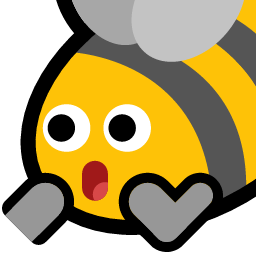
But also of course it's an orb weaver. What an incredible picture, thank you for sharing it!
Send hot sauce recipes! A friend of mine got into them earlier this year and is coming to spend a few days with us (and I have some peppers to get through).
Dang, what a catch! I don't know as I've ever seen a dragonfly caught, that's wild
There are some great suggestions here! It feels like a lot to focus on each of these things when you're not practiced with these habits being suggested, but gaining proficiency in any of them will help to improve the others.
This link (PDF) is one of the Toastmasters resources on body language. Some of the tools presented there will help you to more effectively nope out of situations when you become uncomfortable, and hopefully empower you to feel more confident making those calls before it becomes too costly. I think it will also assist you in catching these occurrences earlier, since incongruities between what's being spoken and what the other person's body is saying can signify that there is a disconnect in intentions
Lol someone saw my second edit from the other day
MH4U on the 3ds was my first introduction and I actually kinda miss being able to quickly tap the items that were up on the touch screen to use them. World on PS and Rise on the switch scratch the itch but I was visibly upset that tracking didn't make it into Rise; it was just a great mechanic and it felt extra satisfying to build out the monster knowledge, and it added some wonderful depth to the gameplay.
I'm not really all that crazy about the fort defense mechanic in Rise, I'd genuinely skip it if I could.
As much as I enjoy the series and still play it, there's a certain amount of ennui that I'm experiencing when it comes to hunting Jaggis and the rest of the same monsters every time. New mechanics help to make up for it by having the hunt be slightly different, but wow what I wouldn't give for a totally new experience playing Monster Hunter.
That last one, my gosh. Let me tell you about the first time I ate a burrito up here in New England... They gave it to me on a plate. With silverware. And the sauce and cheese on the gd outside.
5 out of 7, perfect comment
Getting this party started:

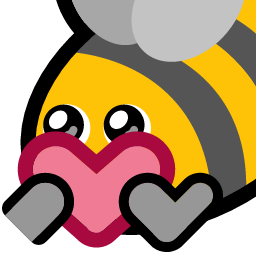
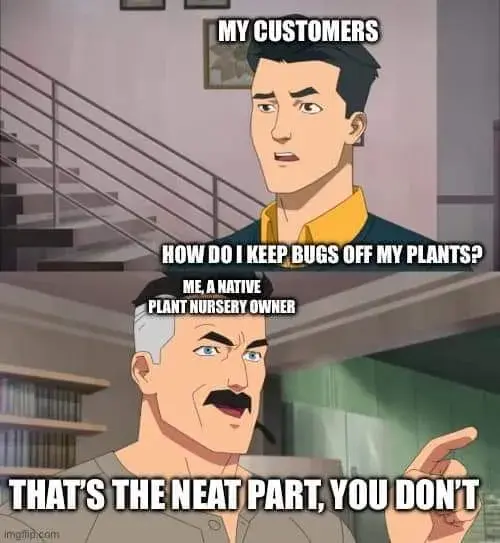

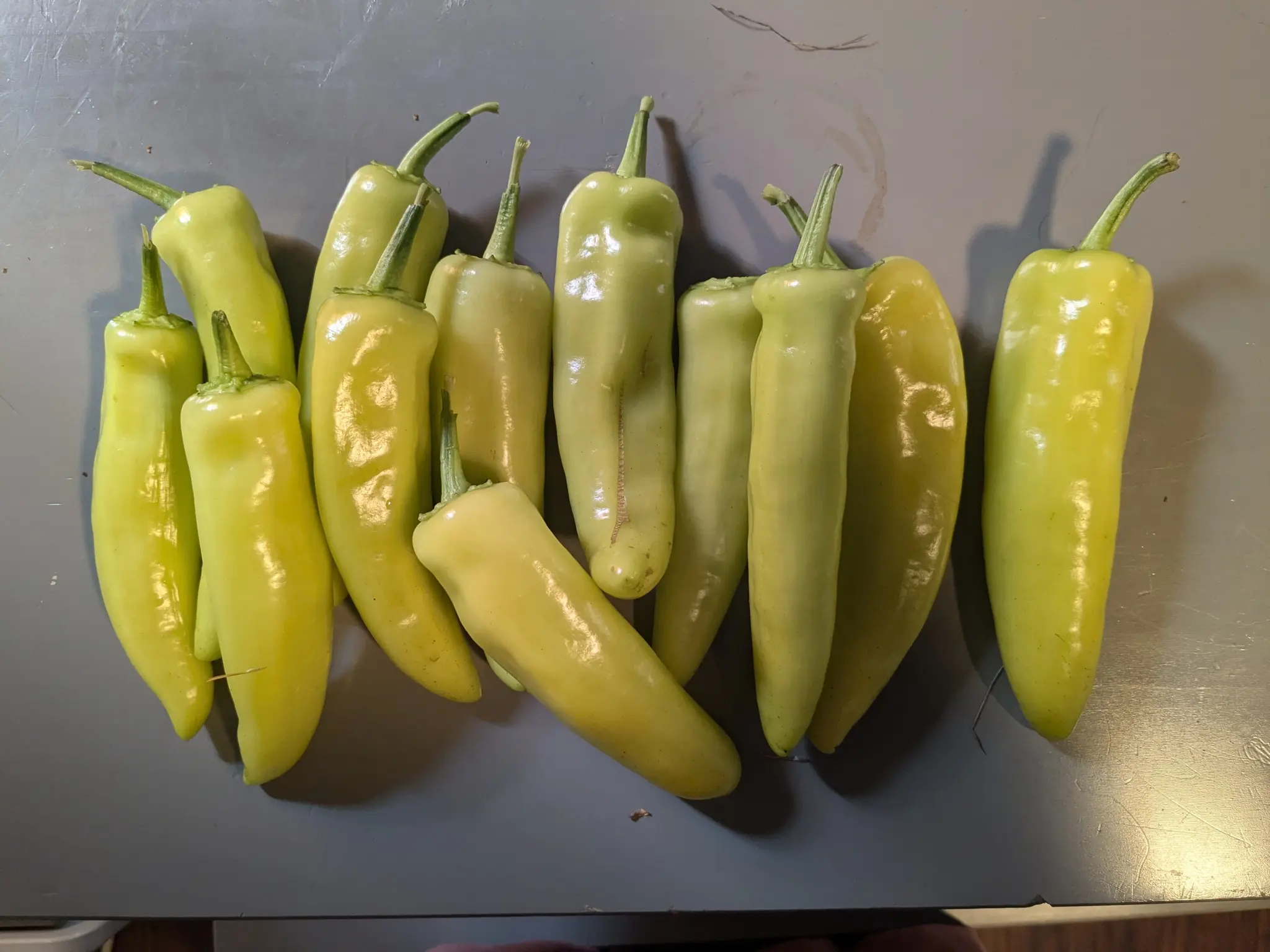



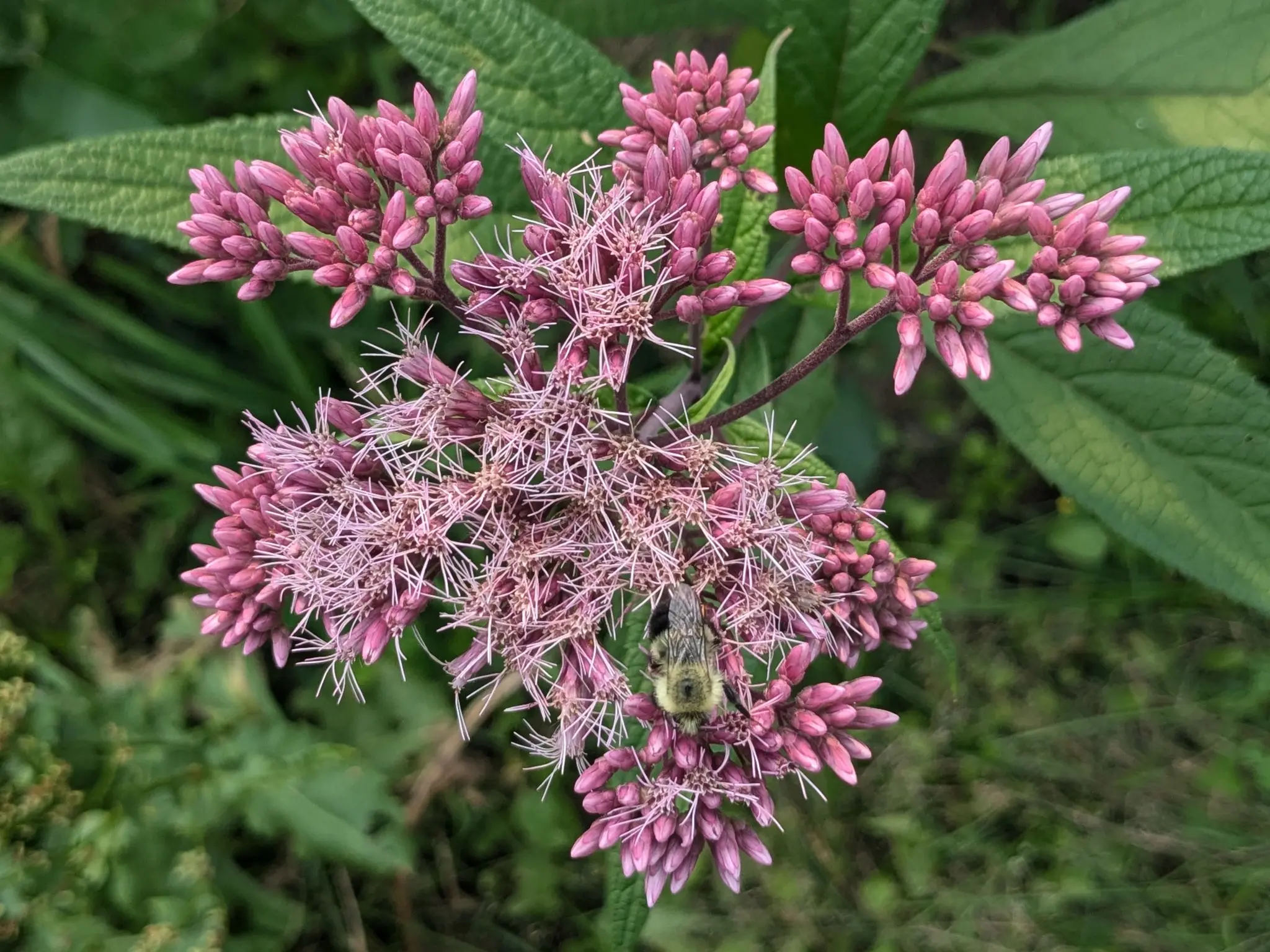

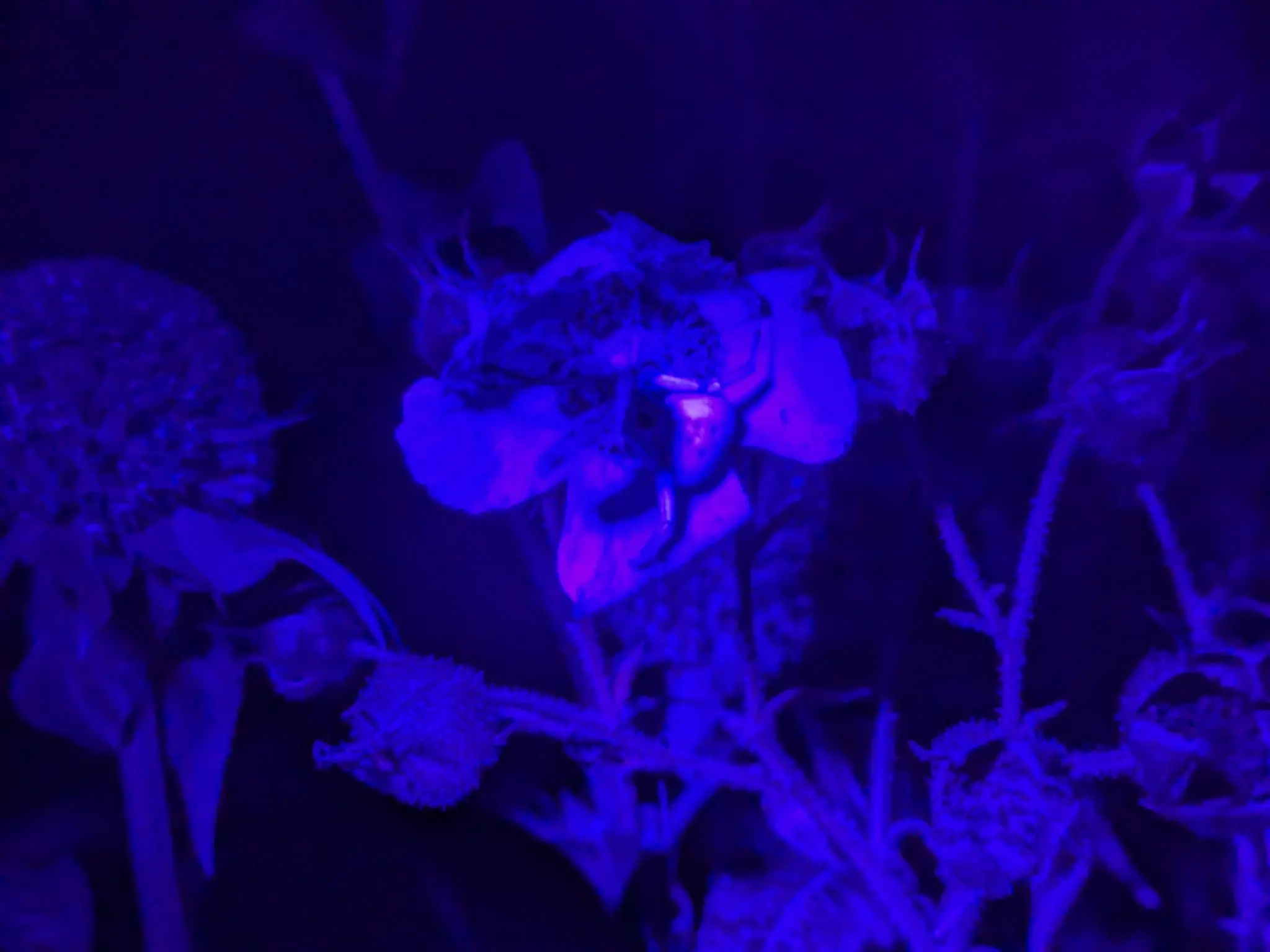
That's awesome, I'm glad they're not aggressive reporters!